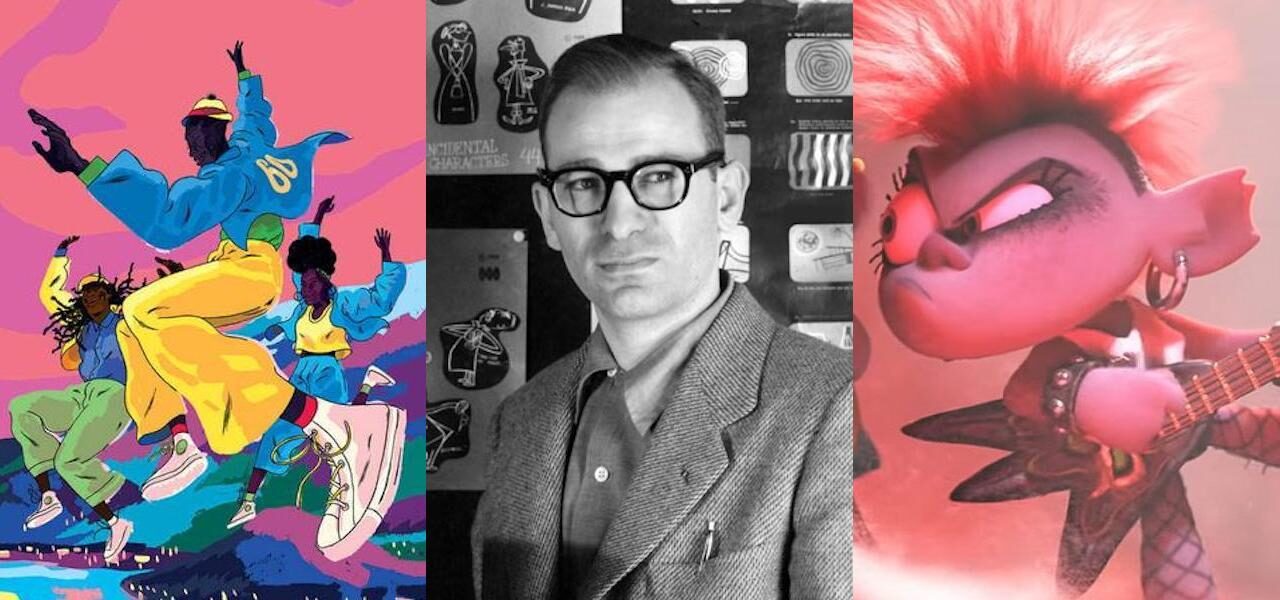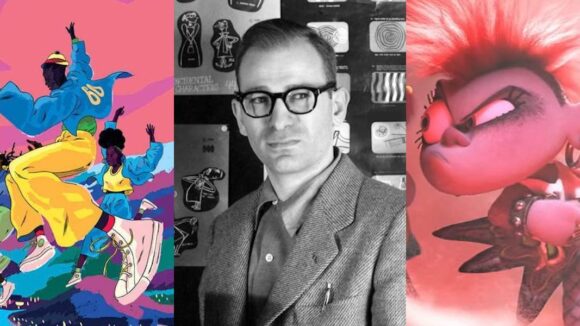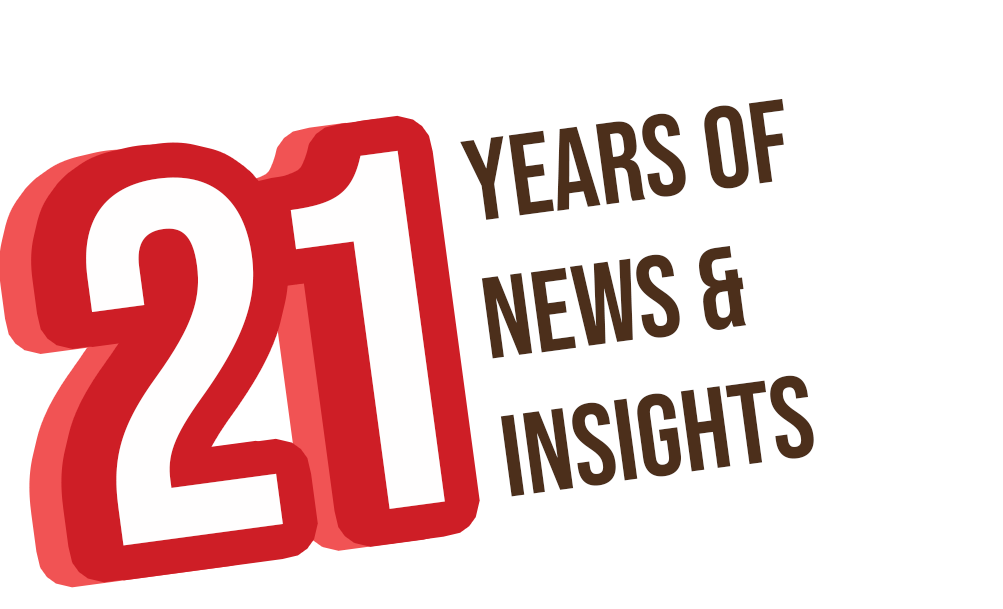

Here’s The Biggest Animation News You Missed In April
This time last month, we published the first in our new series of wrap-ups, in which we take a look back at the major trends and events that shaped the animation world in the preceding month. If March was defined by the shock of the coronavirus’s global spread, April is when we started to really see its repercussions for animation, and glimpse how the industry may change for good.
Universal Pictures and theaters waged a war of words. The studio angered exhibitors by releasing Trolls World Tour, a tentpole sequel made for theatrical release, online (and in a handful of drive-in cinemas). It added fuel to the fire by reporting that the release was a financial success, and promising more day-and-date online and theatrical releases after the crisis. The country’s two biggest theater chains threatened to stop playing Universal’s films. Meanwhile, Warner Bros. took a similar decision with Scoob!. It was announced that such releases will qualify for the Oscars, for this year only.
The coronavirus destroyed jobs and slashed salaries. In response to the crisis, global vfx company DNEG shut down its tv unit in L.A. and asked all staff earning over $43,200 to take a significant pay cut. Labor activists in Canada condemned Technicolor, home to vfx studios like MPC and Mill Film, for laying off hundreds of people, implying that the crisis was the cause. Magic Leap, the Florida-based augmented reality startup, cut half its workforce, blaming the virus. Meanwhile, the Writers Guild of America West recommended that live-action writers start developing animated projects — a reflection of the animation industry’s unique advantages in this crisis.
Disney’s crisis deepened. Almost all the entertainment titan’s businesses — theatrical films, theme parks, cruises, stores, sports broadcasting — are highly exposed to the crisis. As it delayed the releases of two animated features and furloughed tens of thousands of employees, questions emerged about who is running the company, after ex-CEO Bob Iger made strange comments to the media that suggest he’s back in charge.
Events continued to cancel, postpone, or move online. Among the major U.S. conventions that announced changes were SIGGRAPH, which will host an online event, and Anime Expo and San Diego Comic-Con, which both cancelled outright. Annecy Festival in France and Stuttgart Festival in Germany unveiled details of their online editions. We asked leading figures in the indie animation world what they think of virtual festivals.
Turmoil at the César Academy somehow united and divided France’s animation sector at the same time, in news unrelated to the virus. The Academy, which runs France’s equivalent of the Oscars, is undergoing reform, and the animation community is taking the chance to campaign for greater representation. It just can’t agree on what that means.
The animation worlds lost some major talents. Those who left us include Rob Gibbs, a veteran Pixar director and story artist, and Gene Deitch, a major figure from the Golden Age of American animation (read his tips on adapting illustrated books into animation here). We also wrote an obituary for Maureen Mlynarczyk, an animation timer on Steven Universe and Adventure Time, who passed away in February.
(Images at top, left to right: Annecy poster, Gene Deitch, “Trolls World Tour.”)

.png)